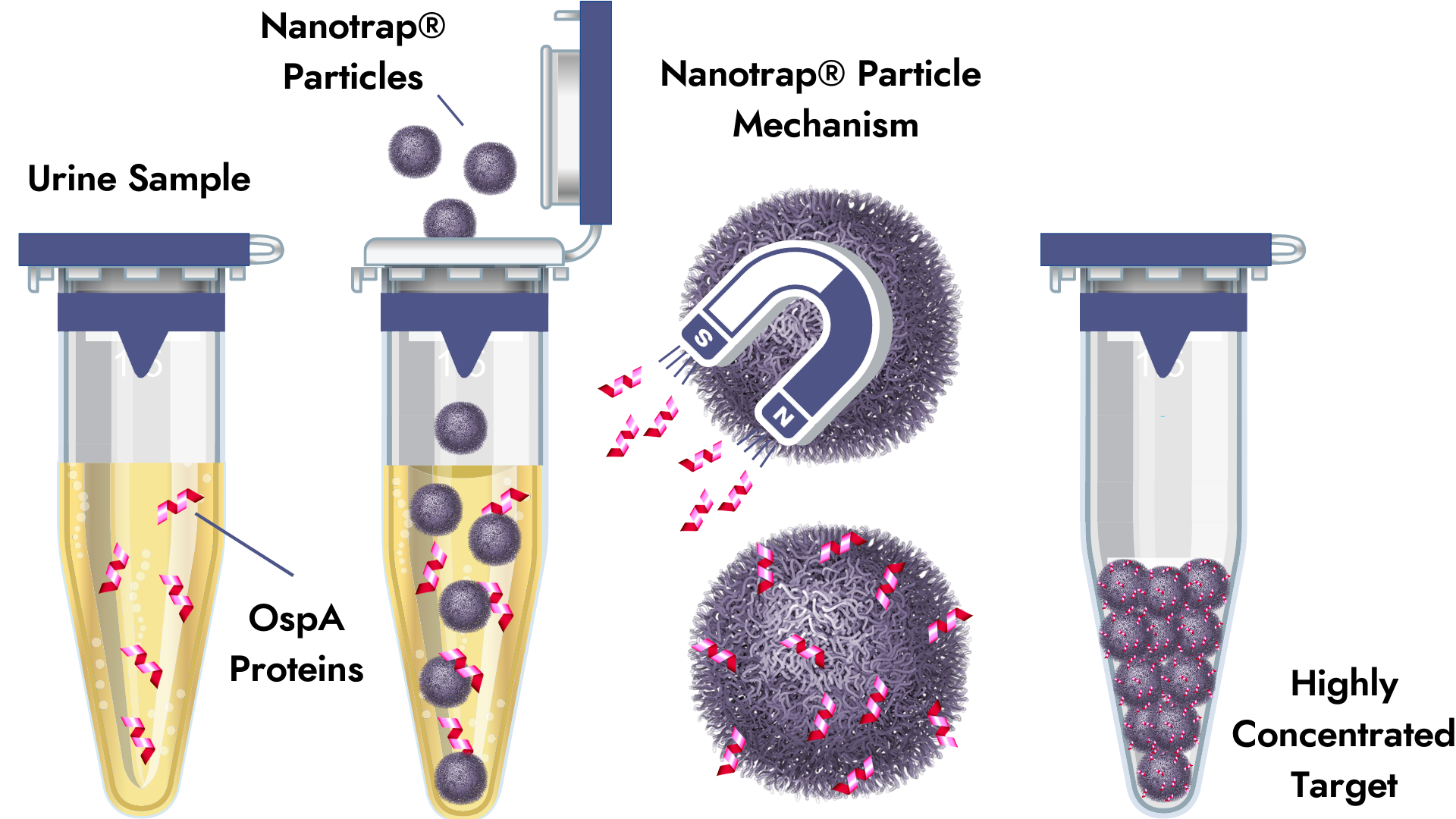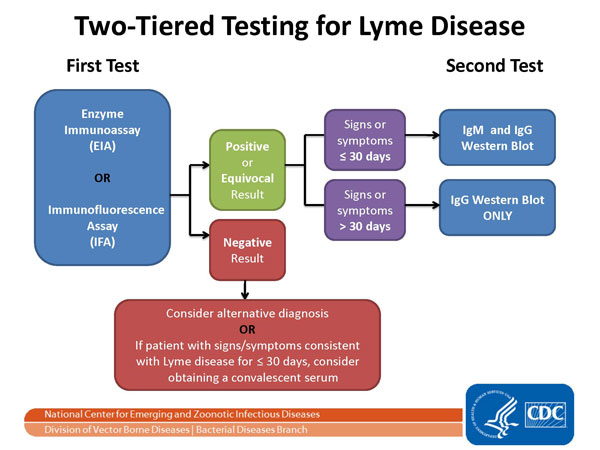Lyme disease (Lyme borreliosis or Borrelia burgdorferi sensu stricto infection) is the most common vector-borne disease in the United States according to the Center for Disease Control (CDC). It was first discovered in the mid-1970s during an epidemic of juvenile rheumatoid arthritis in Lyme, Connecticut. Since then, the number of people diagnosed with the illness has increased to an estimated 300,000 cases each year, accounting for more than 90% of all vector-borne disease in the U.S.
There are about 20 other Borrelia that are classified under the sensu lato species complex, but not all are considered pathogenic. Ones that cause Lyme borreliosis include B. mayonii, a more recently identified species in the United States, and B. garinii and B. afzelii which are predominantly found in Europe.
Borrelia Test Options
Healthcare providers often order testing to aid in diagnosing Lyme borreliosis. Indirect (antibody) and direct (DNA, protein) detection of Borrelia species infection each face significant limitations.
- Indirect testing relies on a robust immune response to the pathogen. B. burgdorferi and some other species exit the bloodstream and invade tissue shortly after infection, effectively evading an immune response. Further, research suggests that Borrelia species employ mechanisms that can cause immune dysregulation. In this way, the pathobiology of the organism results in delayed or undetectable immune response factors, like antibodies, which produces a high rate of false negatives. Antibody testing for Lyme borreliosis is also plagued with a high risk of false positives, due to potential cross reactivity with other microbes.
- Direct testing targets segments of DNA or proteins that are specific to Borrelia. Direct detection methods work best when a large amount of the target is present in the sample. Borrelia species grow very slowly, leading to a low abundance infection with only tiny amounts of protein or DNA in blood, tissues, or urine samples. The result is a high false negative rate. Sample enrichment with technologies, like Nanotrap® particles, can significantly enhance sensitivity of direct detection of protein antigens.
Scientific experts generally recommend ordering both direct an indirect testing to overcome these limitations and to maximize the diagnostic data required to make an accurate diagnosis. We recommend ordering both the Nanotrap® Urine Test and Two Tier Testing (TTT) together to more accurately confirm a Lyme disease diagnosis.
Lyme Borreliosis Nanotrap® Antigen Test – Confirms active infection
The Nanotrap® Antigen Test utilizes a sample enrichment step to enhance direct detection of Outer surface protein A (OspA) in urine. The presence of OspA is confirmed by a highly sensitive and specific Western blot. This is a lab-developed test (LDT) developed and optimized by Galaxy scientists.
Results from a study published in the Journal of Transitional Medicine suggest that the Nanotrap® Antigen Test is very effective for confirmation of early stage Lyme borreliosis in patients with EM rashes (24/24). Galaxy validation data (unpublished)
CDC-Recommended Two-Tiered Testing – Confirms exposure
We also offer two-tiered testing (TTT) for Lyme disease using ELISA followed by Western blot confirmation. This is a lab-developed assay developed and optimized by Galaxy scientists.
If the first tests IgM/IgG ELISA is negative, no further testing is recommended. If a first test is positive or indeterminate (sometimes called “equivocal”), the second set of tests IgM/IgG Western blot should be performed. The overall TTT result is positive only when the first test is positive (or equivocal) and the second test is positive (or for some tests equivocal).
Some providers may prefer to order Lyme Borreliosis Western blot testing alone for diagnosis. Most experts recommend against this testing strategy given the ambiguity surrounding clinical interpretation of results. There is also some controversy regarding which Western Blot bands to report. In addition to the standard TTT reflex test panel, we offer individual tests and we will provide results for additional bands upon request.



